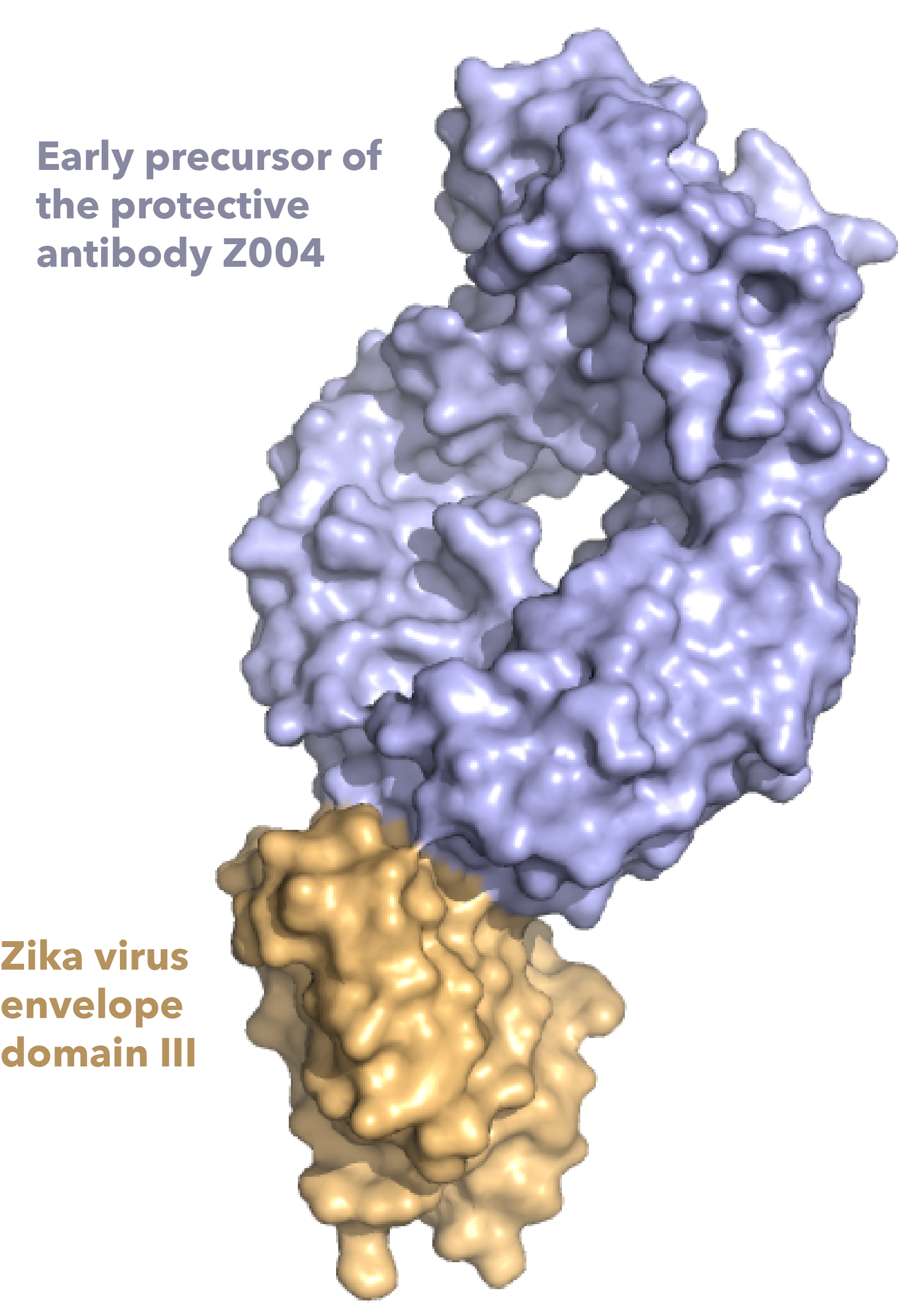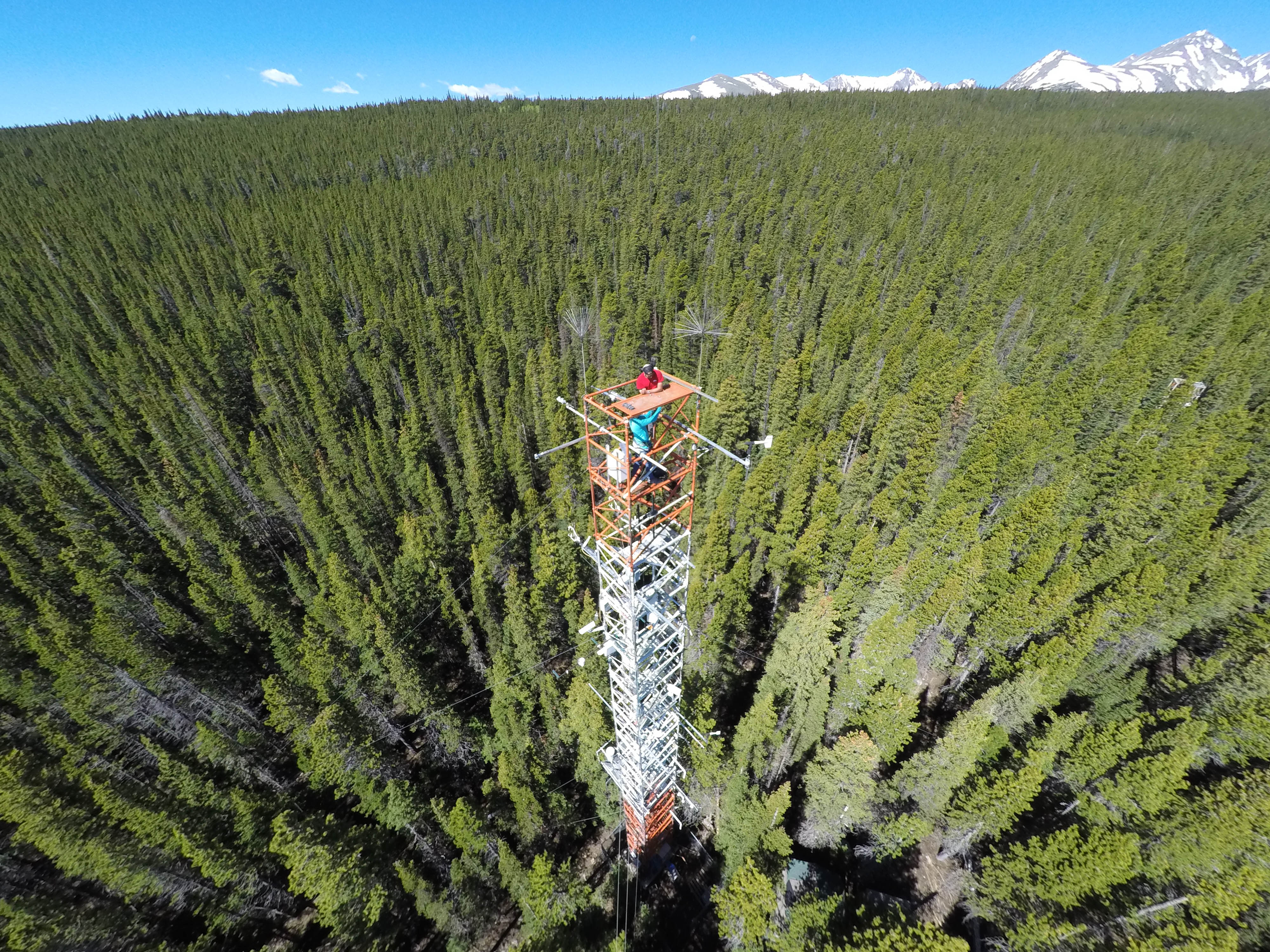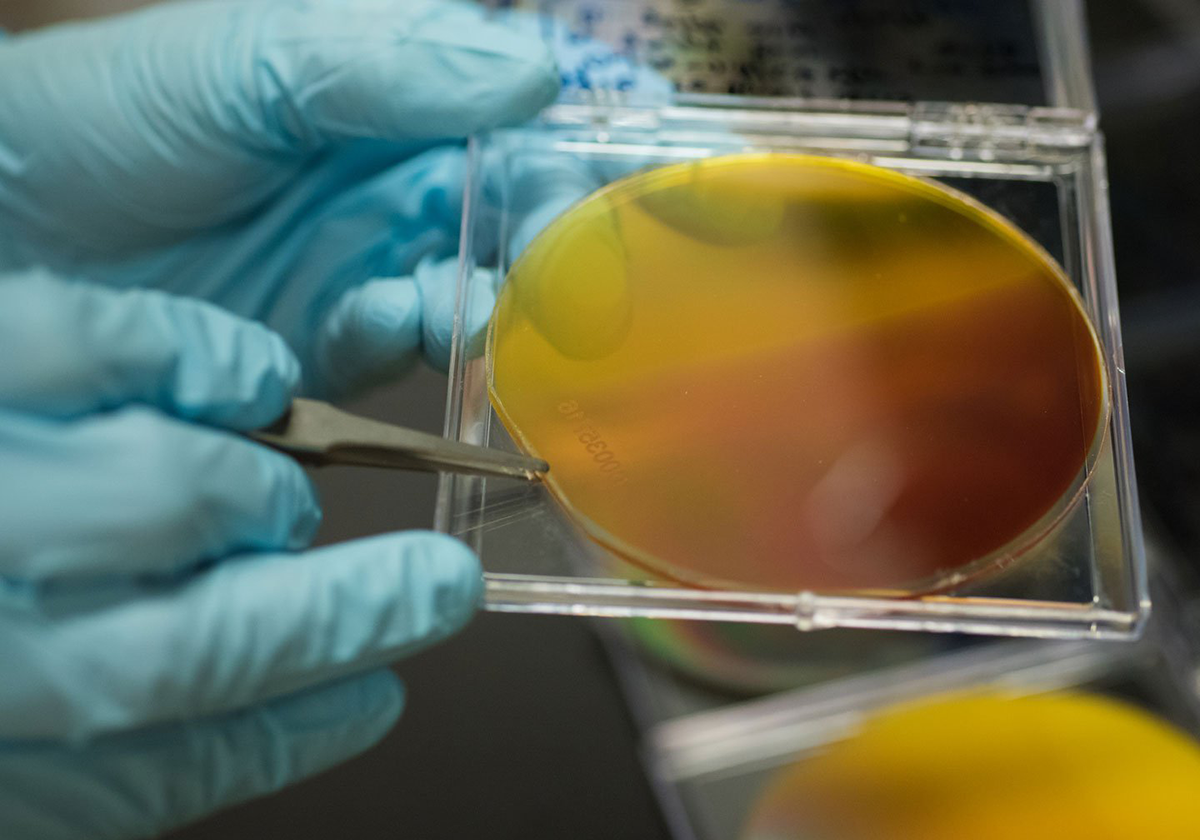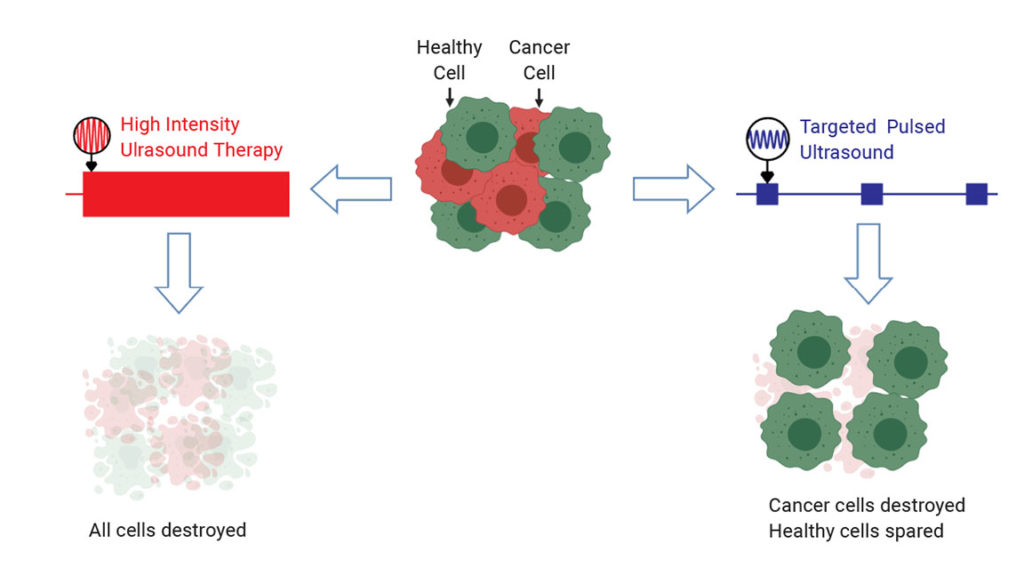The U.S. Department of Energy (DOE) today announced $264 million in funding for 29 projects to develop solutions for the scientific challenges underlying DOE’s Energy Earthshots™ Initiative to advance clean energy technologies within the decade. The funding will support 11 new Energy Earthshot Research Centers led by DOE National Laboratories and 18 university research teams addressing one or more of the Energy Earthshots™ that are focused on six different areas, including industrial decarbonization, carbon storage, and offshore wind. The Department launched the Energy Earthshots Initiative to spur decarbonization efforts that will help the United States meet President Biden’s ambitious climate and clean energy goals, including a 50% reduction in carbon emissions by 2030 and a net-zero carbon economy by 2050.
Tag: California Institute of Technology
Where Does Your Brain Want to Have Lunch?
New research published by investigators at Cedars-Sinai advances scientific understanding of how the brain weighs decisions involving what people like or value, such as choosing which book to read, which restaurant to pick for lunch—or even, which slot machine to play in a casino.

Scientists Reveal Details of Antibodies that Work Against Zika Virus
ROCKVILLE, MD – The Zika outbreak of 2015 and 2016 is having lasting impacts on children whose mothers became infected with the virus while they were pregnant.

Cedars-Sinai Neuroscientists Awarded Prestigious NIH Grant
Ueli Rutishauser, PhD, professor of Neurosurgery, Neurology and Biomedical Sciences at Cedars-Sinai, has dedicated his career to understanding how new memories are formed and stored in the brain. His latest work, involving the recording of patients’ single neurons, landed him and a multidisciplinary team of scientists a five-year, $8 million total research grant.

How to Get a Handle on Carbon Dioxide Uptake by Plants
How much carbon dioxide, a pivotal greenhouse gas behind global warming, is absorbed by plants on land? It’s a deceptively complicated question, so a Rutgers-led group of scientists recommends combining two cutting-edge tools to help answer the crucial climate change-related question.

Berkeley Lab Part of Multi-Institutional Team Awarded $60M for Solar Fuels Research
The Department of Energy has awarded $60 million to a new solar fuels initiative – called the Liquid Sunlight Alliance (LiSA) – led by Caltech in close partnership with Berkeley Lab. LiSA will build on the foundational work of the Joint Center for Artificial Photosynthesis (JCAP).

Ultrasound Selectively Damages Cancer Cells When Tuned to Correct Frequencies
Doctors have used focused ultrasound to destroy tumors without invasive surgery for some time. However, the therapeutic ultrasound used in clinics today indiscriminately damages cancer and healthy cells alike. Researchers have now developed a low-intensity ultrasound approach that exploits the properties of tumor cells to target them and provide a safer option. Their findings, reported in Applied Physics Letters, are a new step in oncotripsy, the singling out and killing of cancer cells based on their physical properties.

Studying Ice to Understand Astrophysical Bodies
Understanding the formation and evolution of ice in astrophysical environments can provide information about the physical conditions encountered in space and the chemical similarities and differences between planetary and stellar systems. At the AVS 66th International Symposium and Exhibition, Edith Fayolle, an astrochemist at NASA’s Jet Propulsion Laboratory, will talk about how scientists are trying to understand properties of ice on astrophysical bodies, such as its formation, composition and sublimation — the process by which ice transitions directly into gas, without being in its liquid phase in between.